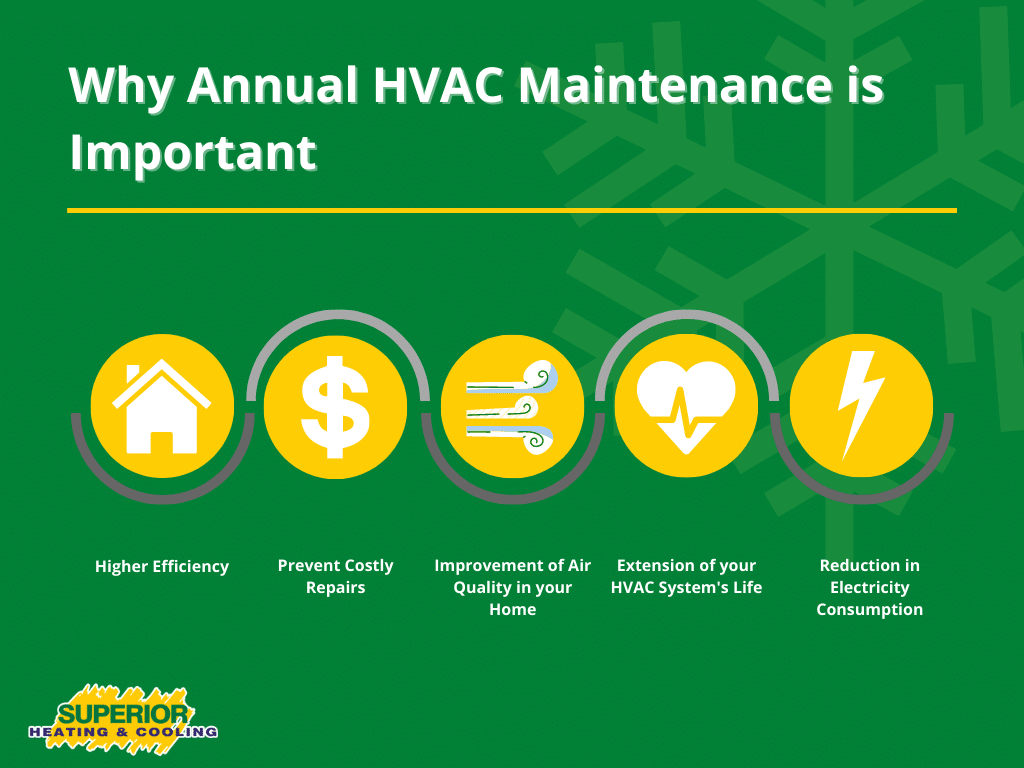HOW DOES YOUR HEAT PUMP WORK?
This week on tech tips, we’re talking about heat pumps and how they might be a good choice for your house.
So you’re probably thinking, “What is a heat pump”?
A heat pump is part of a heating and cooling system installed outside your home. Like an air conditioner, it can cool your home, but it can also provide heat. In cooler months, a heat pump pulls heat from the cold outdoor air and transfers it indoors, and in warmer months, it pulls heat out of indoor air to cool your home. They are powered by electricity and transfer heat using a refrigerant to provide comfort all year round. Because they handle both cooling and heating, homeowners may not need to install separate systems to heat their homes. In colder climates, an electric heat strip can be added to the indoor fan coil for additional capabilities. Heat pumps do not burn fossil fuel like furnaces, making them more environmentally friendly.
So how does it work?
Heat pumps do not create heat. They redistribute heat from the air or ground and use a refrigerant that circulates between the indoor fan coil (air handler) unit and the outdoor compressor to transfer the heat.
In cooling mode, a heat pump absorbs heat inside your home and releases it outdoors. In heating mode, the heat pump absorbs heat from the ground or outside air (even cold air) and releases it indoors.
You’re probably thinking, what happens when it’s below freezing outside? Heat pumps can also be combined with furnaces in colder regions for energy-efficient heating on all but the coldest days. When the temperature outside drops too low for the heat pump to operate effectively, the system will use the furnace to generate heat instead. This kind of system is often called a dual fuel system – it is energy efficient and cost-effective.
Furnace Manufacturers’ Recommendations
No matter what brand of furnace you have, the manufacturer is going to recommend that you have your furnace inspected and maintained by a certified technician. While this may seem like overkill, especially if you just installed your unit, skipping an inspection could mean that your warranty is voided. You could end up having to pay out of pocket for a repair cost that would have otherwise been covered by your warranty. In this case, annual furnace maintenance may not be completely necessary, but it is a smart and preventative measure that can save you money in the long run.
Ultimately, the simple answer to the question, “Do I need annual furnace maintenance?” is a clear, yes. While you may be able to go a few years without running into any problems, your furnace could be experiencing rust, corrosion, blocks, and leakages during that time. In the short term, these issues can affect the overall energy efficiency of your furnace. Over the long term, they can turn into major problems that leave you in the cold. It is better to be safe than sorry when it comes to your furnace and your home.

What is Included in the Annual Furnace Maintenance?
As you shop around for the right HVAC company to conduct your annual furnace inspection, you may notice that different companies refer to similar services by different names. A maintenance service may also be called an inspection, tune-up, check-up, or safety check. Ultimately, this is because there isn’t an industry gold standard for furnace maintenance and various companies will offer different levels of thoroughness.
You will want to make sure that you know exactly what is included in the maintenance service before you agree to hire the company. Here are some basic steps that should be included in your service:
- Check the entire vent system for leaks or blockages. All connection points both inside and outside of the furnace should be inspected and repaired if necessary.
- The technician should take a reading of the combustion gases and make sure that they are within range of the unit specifications.
- The heat exchanger should be checked for any signs of corrosion or rust.
- All of the burners should be igniting properly and producing a strong flame.
- The blower wheel should be inspected and cleaned. Any debris should be removed so that it can operate freely.
- The drainage system should be inspected for leaks and blockages. If necessary, the drain and trap should be cleaned.
- All the wiring should be visually inspected and tested. Any corrosion or other damage should be addressed.
- The blower access door should be tightly sealed.
Checking all these furnace components on an annual basis will identify any problems early on and make sure that your furnace fires up without a problem on the first cold day of the year. Without regular maintenance, you may find yourself suffering through the cold till an HVAC repair technician can visit your home.
Can I Do Annual Furnace Maintenance Myself?
If you have a general knowledge of furnaces, you could do a visual inspection of your unit and identify any problems. However, this could void your warranty and if you do find any problems, you would still need to call in a professional to make the repairs. Going the DIY route may save you a little money, but there is a chance you could end up spending much more to have an HVAC tech come in after-hours to do an emergency repair.
Regular maintenance is an inexpensive way to prolong the life of your furnace, avoid costly repairs and enjoy a comfortable home throughout the winter. Partner with an experienced technician who can schedule regular, annual appointments and conduct a thorough maintenance inspection for an affordable price.
Schedule an $85 Furnace Check-Up Special Today
Our team prides itself on helping save customers money on potential furnace repairs. Gain peace of mind going into the cold months knowing your furnace has been properly maintained by scheduling our $77 furnace check-up schedule today. Reserve your time slot by calling our office at (314) 209-7500 or fill out the online form below.
To set up your home furnace repair today, call our office or fill out the online form below.
"*" indicates required fields





